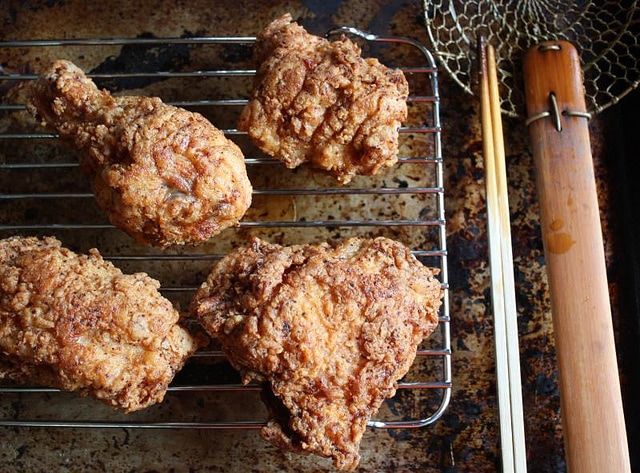American Ranchers Face Challenges as Beef Prices Reach Record Levels
The average volume per person in the Butter market amounted to just 0.13 kg in 2024, and while the Butter market in Africa is projected to grow by 10.58% between 2024 and 2028, consumption still remains minimal by global standards.
According to USDA data, the U.S. cattle herd stood at 87.2 million head as of January 1, 2025, the lowest inventory since 1951. This dramatic decline represents more than numbers on a spreadsheet – it reflects a crisis that has been years in the making, driven by drought, rising costs, and market dynamics that pit ranchers against powerful corporate interests.
Record Low Cattle Inventory Drives Market Upheaval
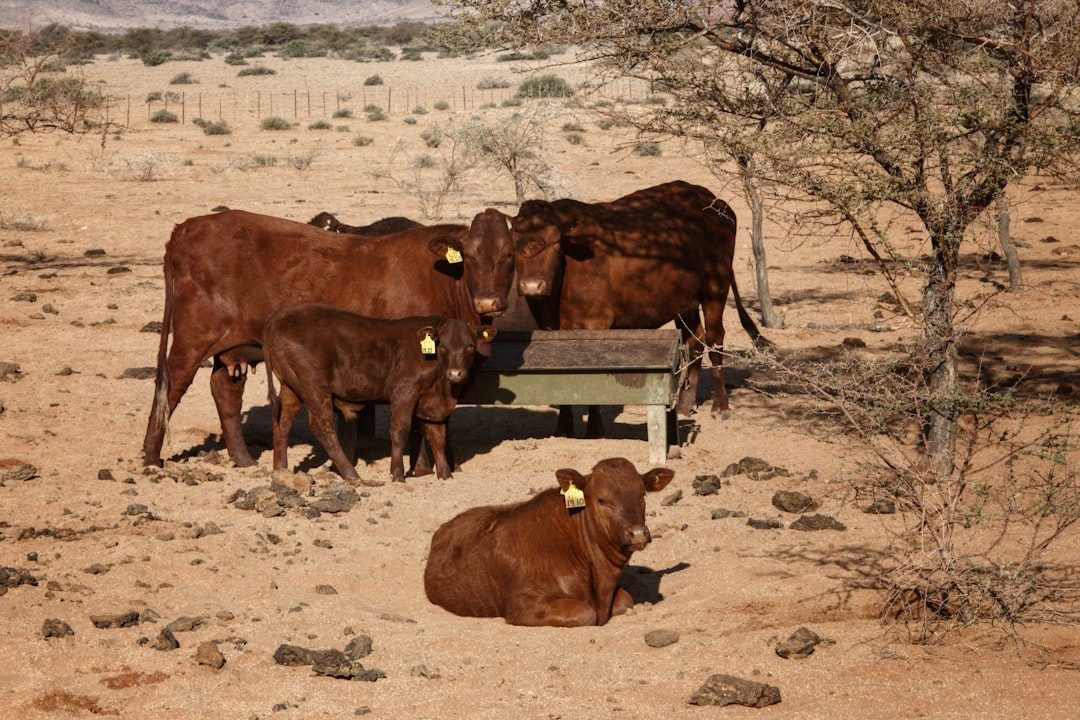
The current cattle inventory represents the lowest level since 1951, down from almost 95 million cattle just four years ago. This staggering decline didn’t happen overnight. As it became harder to feed and maintain their herds, producers in summer 2022 slaughtered more beef cows than ever in USDA recordkeeping, already reeling from 2020 pandemic losses, rising inflation and interest rates.
The beef cow inventory has decreased by 2.4% to 28.2 million head, with ranchers continuing to liquidate their herds due to drought conditions, high input costs, and market uncertainty. This contraction has led to the smallest cattle inventory in 73 years and a reduction in U.S. beef supply, as ranchers placed a higher-than-normal percentage of female cattle on feed for slaughter rather than keeping them for breeding.
The implications ripple throughout the entire beef supply chain. This decrease could lead to tighter beef supplies in the coming years, potentially resulting in higher prices for consumers and improved profit margins for producers who maintain their herd sizes.
Drought Conditions Devastate Ranching Operations
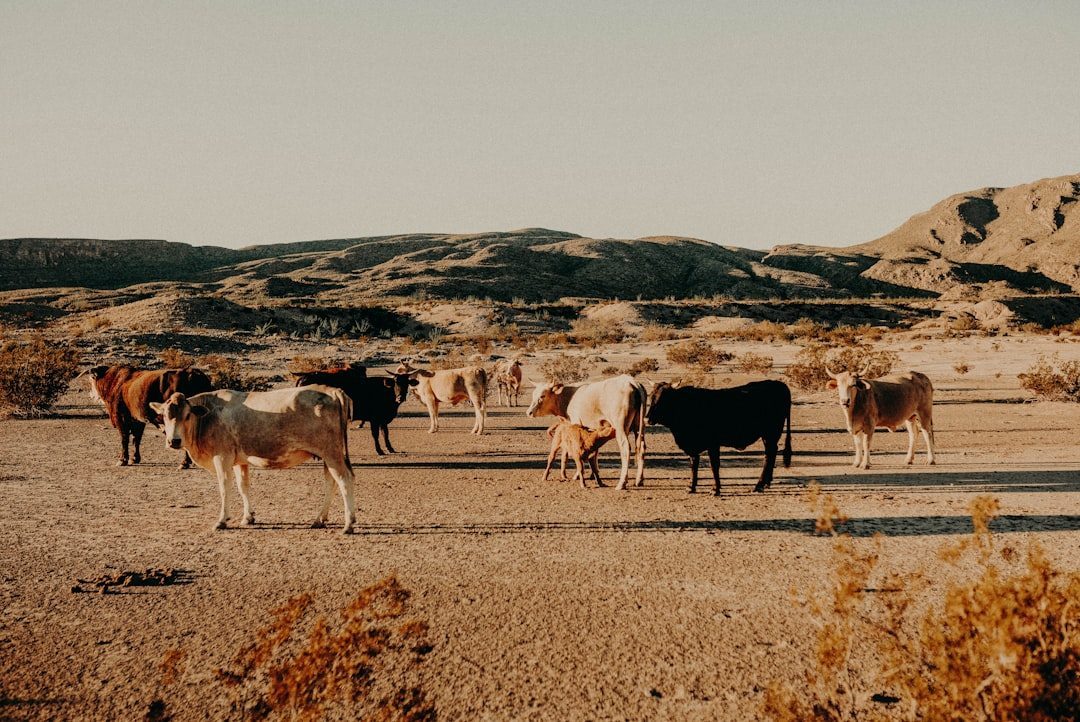
Prolonged drought conditions in the great plains and western states dried up pastures and rangelands, forcing many ranchers to sell off part of their herds, leading to fewer calves and fewer cattle going into feedlots. Beef cattle operations that rely on precipitation to grow forage are particularly vulnerable to drought, and when conditions diminish forage production, producers must buy supplemental feed or reduce their herd size.
An estimated 30% of the U.S. is still in drought conditions. The key component to increasing herd size is water, and less grasslands as a result of less water equals smaller herds. Periods of more intense drought are associated with decreases in U.S. beef cattle herd size, such as when the national herd shrank 1 to 2 percent a year during drought between 2011 and 2015.
The drought monitor map looks concerning, and how that develops will determine herd rebuilding and prices. Growing drought conditions are expected to impact the willingness of ranchers to expand herds.
Skyrocketing Feed and Operational Costs
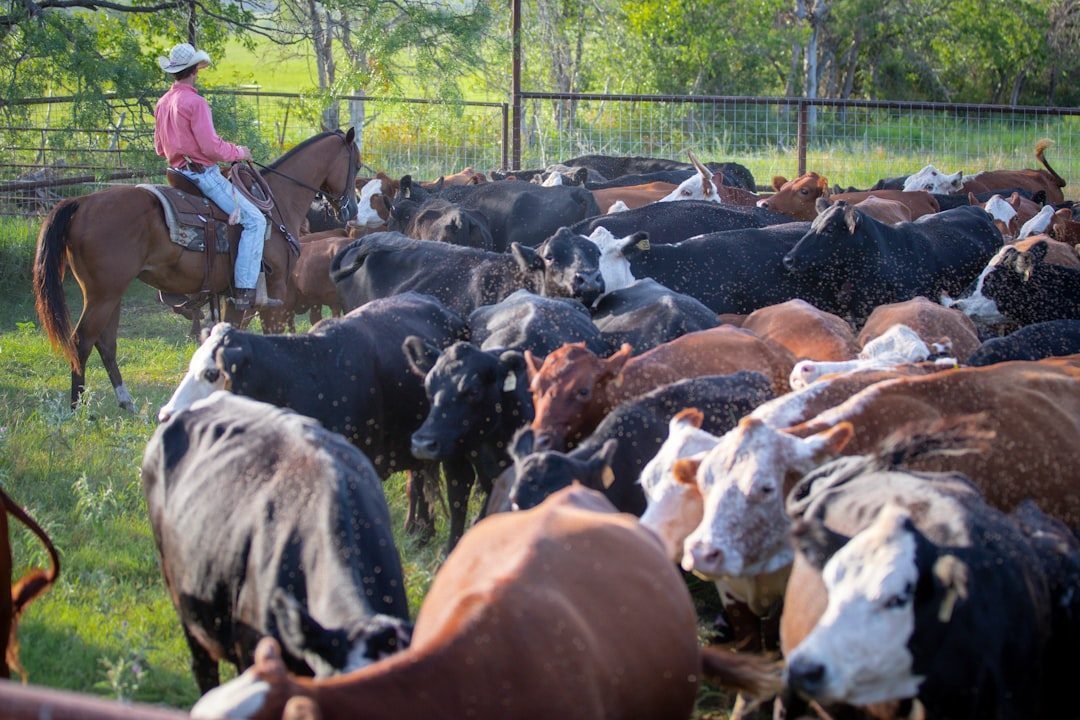
While prices increased for ranchers, expenses also rose, with production costs in agriculture reaching a record $455 billion in 2024, up 4% or $16.7 billion from the previous year. The cost of getting beef from pasture to consumers became more expensive due to higher energy costs affecting feedlots and cattle slaughter facilities, with operating costs climbing sharply in recent years..
Facing ever-higher operations costs, ranchers are leery of investing in expansion. Feed costs create additional pressure on cattle operations. Beef prices have climbed to record highs after cattle ranchers slashed their herds due to dried-up grazing lands, with feed costs rising as a result.
Labor shortages compound these challenges. Labor shortages affect operations, forcing some ranchers to make difficult decisions about their future in cattle production.
The Economics of Herd Rebuilding
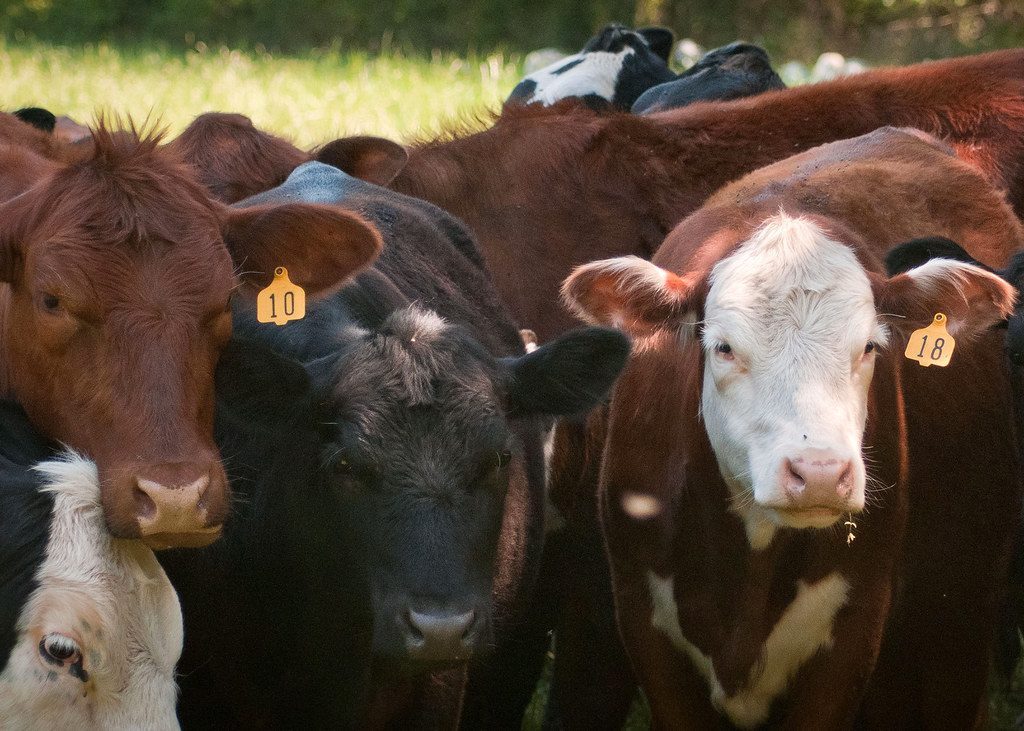
Record values that cattle can fetch mean it’s often more profitable to sell young females (heifers) for meat than to keep them for breeding, with not much incentive to rapidly rebuild the herd. High calf prices are tempting many producers to sell young heifers instead of keeping them to grow their herds.
It takes about two years before beef output rises because it takes time to raise full-grown cattle. The cattle inventory takes more time to rebuild than other livestock inventories because it takes 18-24 months from a calf’s birth until it is fed to slaughter weight and ready for market.
Consumers may see elevated cattle prices for much of the rest of the decade, with experts predicting a peak about a year to year and a half after ranchers begin saving heifers for rebuilding, noting this is the slowest rebuild in history.
Corporate Concentration Creates Market Power Imbalance

The “Big Four” meat packers – JBS, Cargill, Tyson Foods, and National Beef – currently dominate 85% of the U.S. beef processing market, up from just 36% in 1980. Industry consolidation has crushed competition and hammered cattle producers, with the top four packers’ share of fed cattle purchases exploding from one-third in the 1980s to over 80% by the mid-1990s.
This concentration has led to exploitation of American consumers, farmers, and ranchers, with mounting evidence showing monopoly power has slashed payments to ranchers, reduced herd sizes, driven up consumer prices, and threatened America’s food supply chain. This dynamic has created an environment where beef prices are both too high for consumers and too low for ranchers, with meatpackers being the reason for both.
Since 1970, ranchers have gone from earning about 70 cents of every beef dollar to just 37 cents, while corporate profits have soared.
Import Dependency and Food Security Concerns
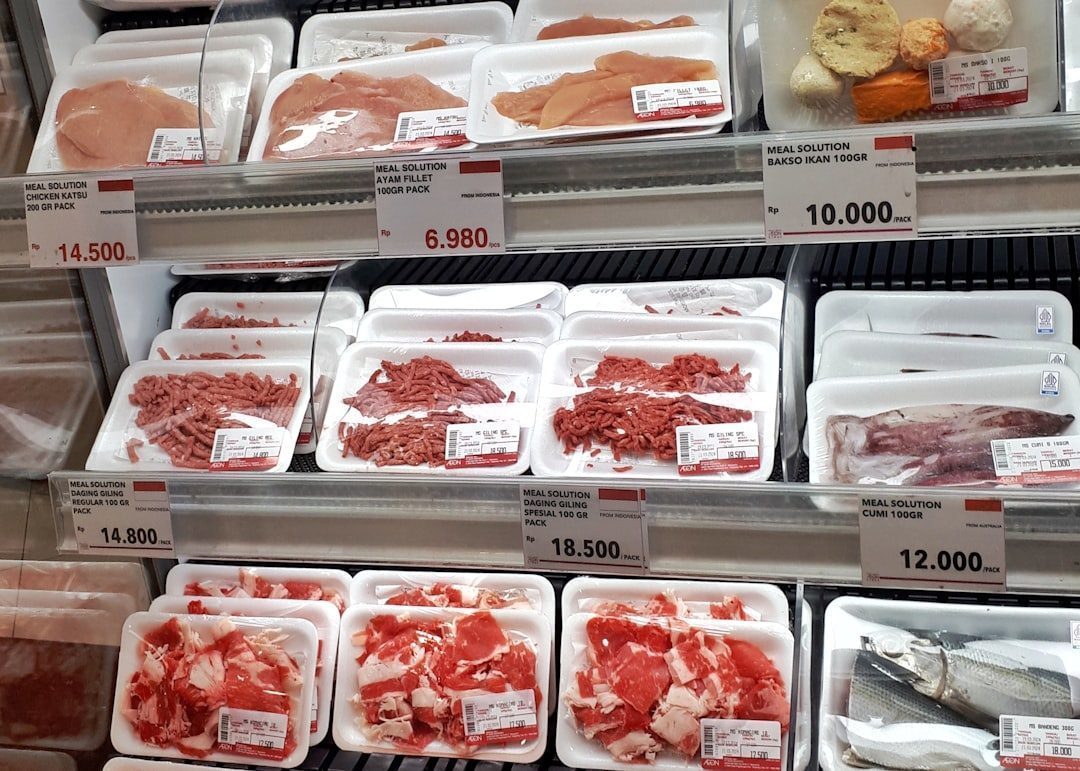
The United States is now importing record volumes of beef and veal – between 150,000 and 185,000 metric tons per month as of mid-2025 – yet those record imports have not stemmed sharp price increases. Rising imports have moved in lockstep with rising prices, the exact opposite of logic for reopening Argentine beef imports.
Dependence on foreign supply creates hidden vulnerability: when outbreaks or sanitary failures strike abroad, the U.S. loses control over its own food security and supply collapses amid import bans. The U.S. Department of Agriculture has closed the border to Mexico for imports of live cattle, bison, and horses on and off since 2024 due to the spread of the New World screwworm.
Imports of Mexican feeder cattle are down by 628,000 head in 2025 compared to 2024, as the U.S. suspended live animal imports from Mexico on May 11, 2025, effectively stopping feeder cattle shipments.
Aging Ranch Population Faces Exit Decisions
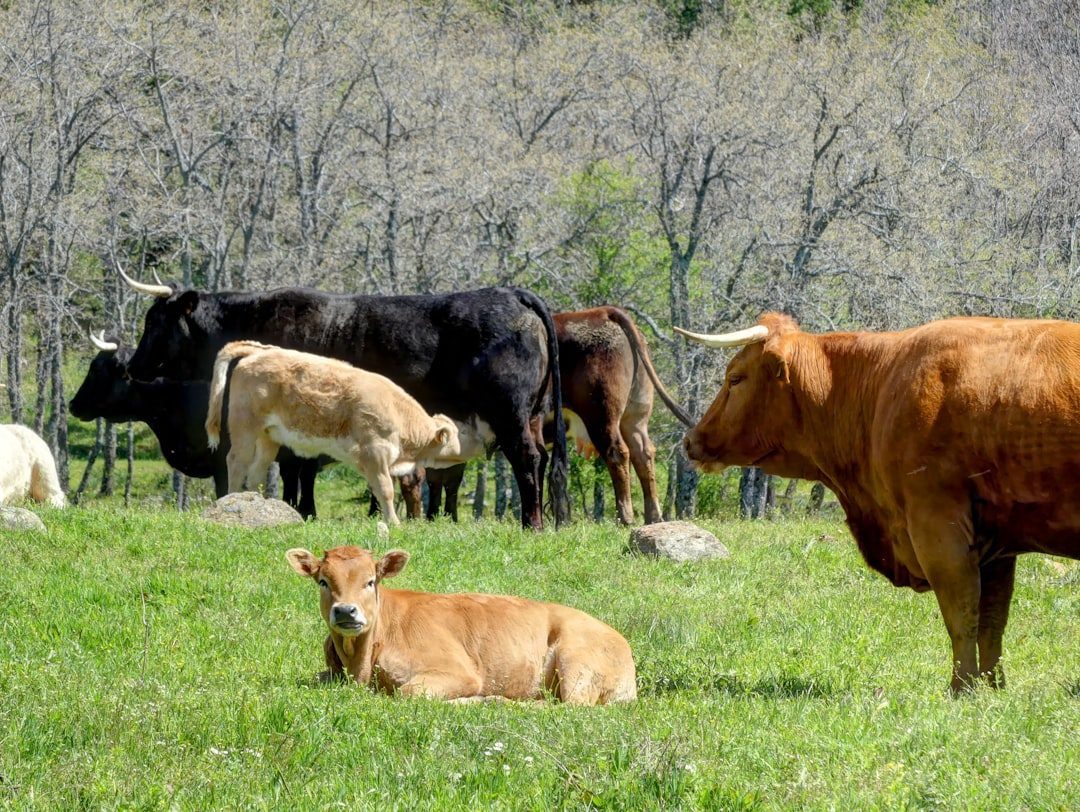
Several factors affect multigenerational operations: ongoing drought, international demand for American beef, and the growing number of ranchers entering their golden years, with the age of operators increasing to their early 50s to late 60s. Estate tax relief has helped some families transition operations to the next generation, but the decision to sell often comes down to whether family members want to return to ranching.
While record beef prices might seem like they’d motivate mass ranch sales with longtime operators seizing this moment to cash out, the reality is more complex – it’s actually the opposite, with some ranchers hanging up their spurs while others want to keep riding the upward swing and hold on for another profitable year.
Some ranchers are selling their cattle herds but keeping their ranches, then leasing grazing rights to other operators, allowing aging producers to reduce their workload while capitalizing on high cattle prices by bringing in cattle for summer grazing without overwintering them.
Strong Consumer Demand Despite Record Prices
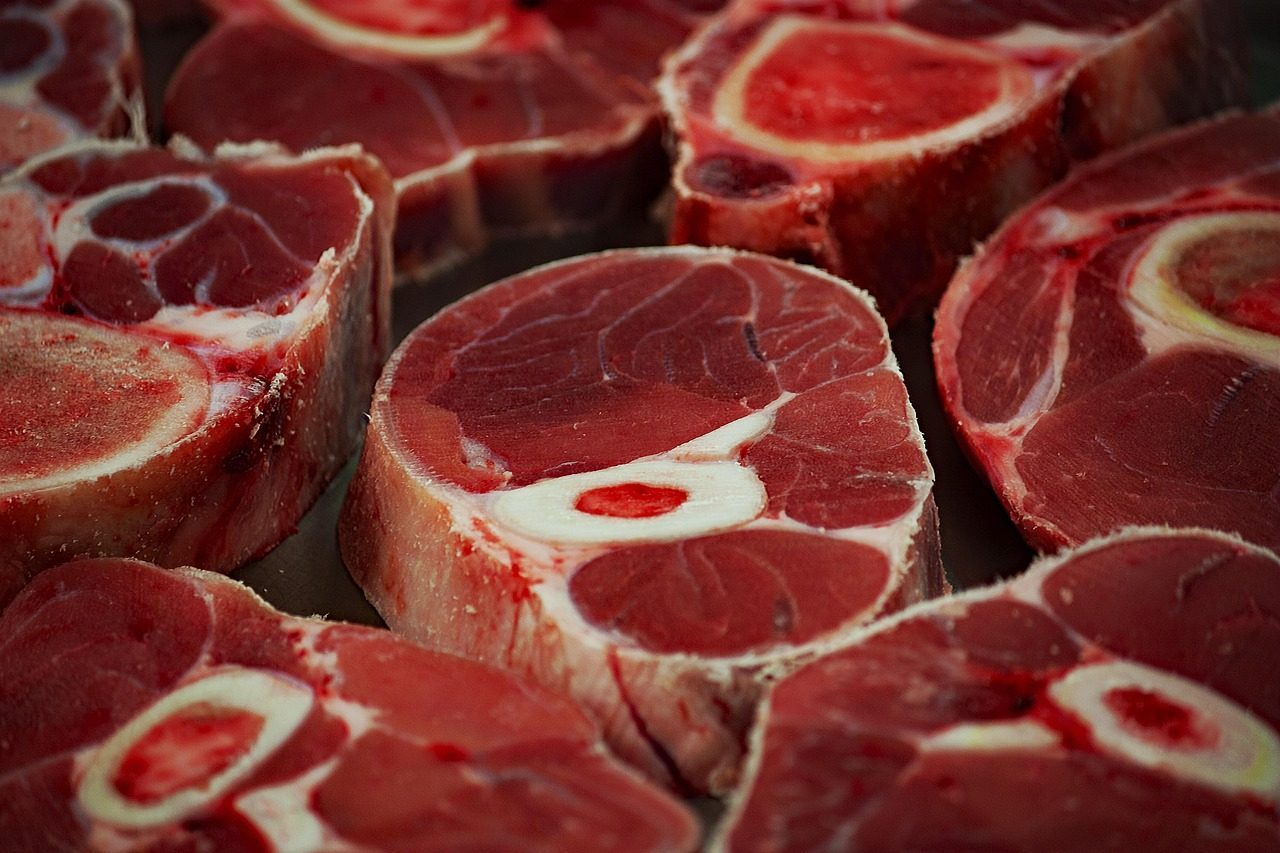
Even in the face of higher prices, consumer demand for beef has stayed strong, the highest it’s been in 20 years. Since the 2020 pandemic, Americans have developed a preference for beef over other meats such as pork or poultry, and even though the average consumer eats about twice as much chicken by volume, beef remains the top choice when quality and taste are prioritized.
Americans ate an average of 14.9 pounds of beef per person in the second quarter of this year, up from 14.5 pounds during the same period last year. Beef demand has been good over the last couple of years, with consumers seeing beef as a good product and being willing to pay higher prices.
If consumer confidence falls alongside household financial uncertainty, demand for beef could be at risk, especially in the face of record high retail prices.
Market Outlook and Future Challenges
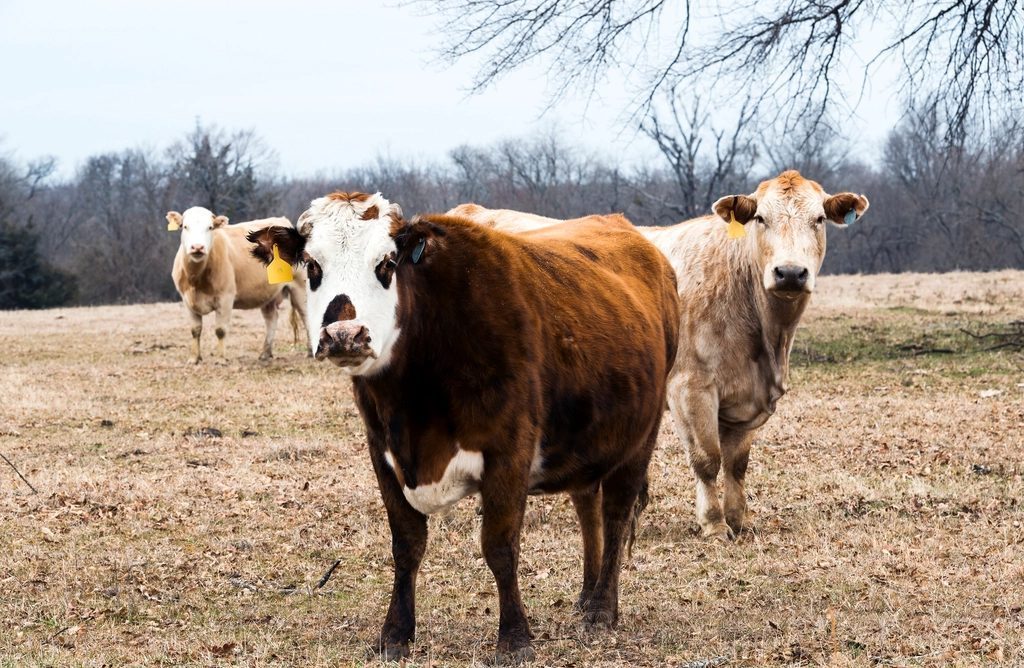
In July 2025, ground beef hit a record high of about $6.25 per pound – the most expensive since records started in 1984, with the USDA expecting beef prices to be about 10 percent higher in 2025 than in 2024. Steers averaged $242 per hundredweight, 27 percent higher than last year, with the USDA predicting prices will average about $229 per hundredweight in 2025 and expecting high prices to continue into 2026.
By some industry estimates, profits per animal can exceed $700 today, skyrocketing from $2 in 2020. Record calf prices have been “tremendous” for Texas cattle producers who endured years of drought and high input costs, with margins for cow/calf producers improving as grazing improved and input costs fell some.
Ranchers are holding back replacement heifers, but better margins continue to incentivize selling those future calf-producing cows at rates that do not signal broader growth of the herd, with most producers seeing profitability now and taking it.
The challenges facing American ranchers reflect a complex web of environmental, economic, and structural issues that have fundamentally altered the beef industry. While record prices provide short-term relief for those still in business, the long-term sustainability of American beef production hangs in the balance as drought persists, costs rise, and corporate consolidation tightens its grip on the market.

